Welcome to Good Market Info! Click the logo to go to the directory and marketplace
Good Market Info > Community Rules > Fashion Guide
Good Market approved fashion brands prioritize people and planet over short-term profit maximization, communicate a social or environmental purpose, provide transparent information, sustainably source materials, and minimize toxicants and waste.
For information on leather, nanoparticles, and the use of PVC as vegan leather see the Ingredients and Materials Guide.
Upcycled means using waste materials to directly make a product of higher value. This could include using pre-consumer waste like fabric offcuts from apparel factories or post-consumer waste like used clothing, waste paper, scrap metal, etc. Upcycling removes waste from the system, reduces demand for new materials, and requires less energy than other forms of recycling.
Recycling means converting waste into a new usable form. This removes waste from the system and reduces demand for new materials.
For example, making jewelry from recycled silver, gold, or other metals reduces environmentally destructive mining. Recycled cotton, wool, and cashmere are biodegradable. Recycled leather, nylon, and polyester are not biodegradable, but they extend the lifecycle of these materials. Recycled nylon is often made from used fishing nets. Recycled polyester is often made from used plastic bottles.
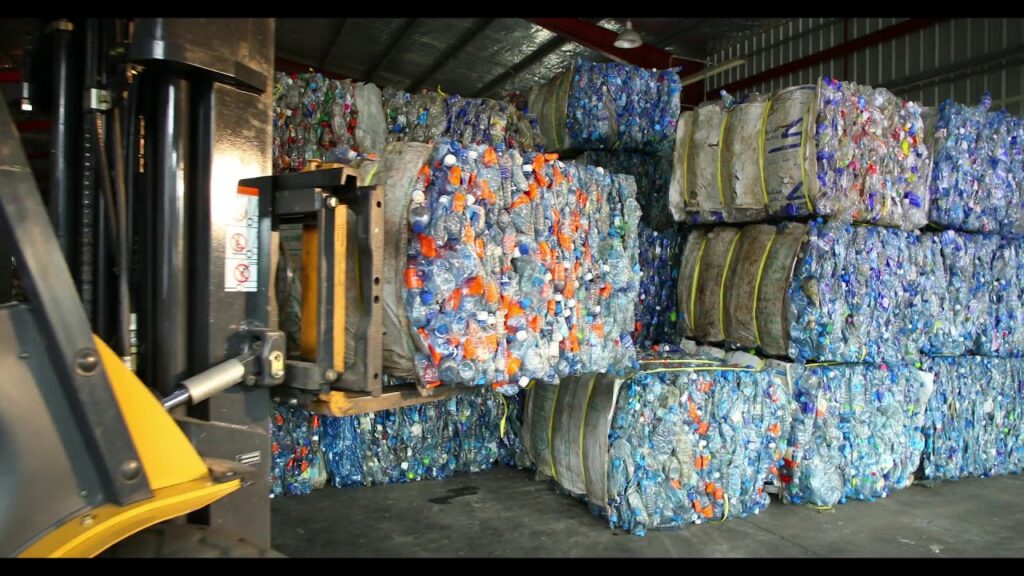
Organic refers to raw materials that have been grown without any synthetic agrichemicals and are not genetically modified. Synthetic agrichemicals can be harmful to the planet and to the health of the farmers that grow the plants and the consumers that wear the final product. The Global Organic Textile Standard (GOTS) is the primary certification standard for organic textiles. In order for the term “organic” to be used, the producer must be certified by an accredited organic certifier or verified under an organic participatory guarantee system.
Biodegradable materials naturally break down in the environment without harmful residue and do not release microplastics when washed. The most responsible biodegradable natural materials are linen, hemp, jute, and ramie because they are fast growing, require minimal water, energy, and synthetic agrichemicals, and can be grown in soil that is not used for food production. Natural latex is a biodegradable alternative to synthetic rubber. Cotton is biodegradable but conventional cotton production is not considered environmentally responsible because it uses large amounts of water and synthetic agrichemicals and is associated with many health, labor, and safety issues. Cotton production is 95% genetically modified and represents 25% of insecticides used globally. Conventional cotton is not recommended.
Rayon is a semi-synthetic fiber made from fast-growing trees like eucalyptus and pine and plants like bamboo and sugar cane. Viscose, modal, cupro, and lyocell are different types of rayon. The end product is biodegradable, but the production process requires a lot of energy, water, and synthetic chemicals and can contribute to deforestation. Solvents used in conventional rayon production can be highly toxic to humans and the environment. Conventional bamboo textiles, viscose, and rayon are not recommended.
Rayon should be sourced from manufacturers that can verify that the fiber was sustainably harvested and processed in an ethical and environmentally responsible manner. Lyocell, for example, is made in a closed-loop system that recycles almost all of the chemicals used.
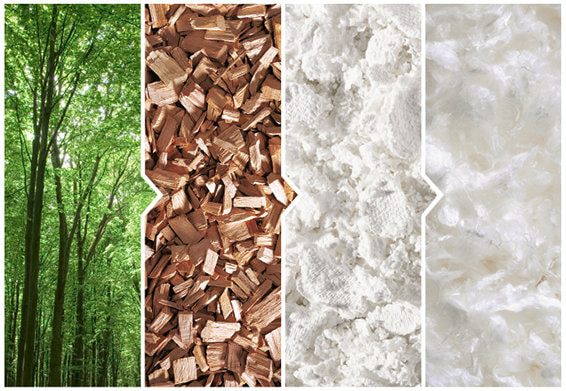
Unbleached, undyed textiles are the original color of the fiber. In most cases, this natural color is cream or off-white, but there are farms that specialize in raising colored cotton varieties or animals with different colors of wool. Industrial textile bleaching is a chemical process that requires large quantities of water and energy and is associated with health and environment issues. After scouring and bleaching, optical brightening agents may be applied to make the material appear to be a more brilliant white. Traces of the synthetic chemicals used during the bleaching process are absorbed by the body and can cause skin irritation and allergies. The bleaching chemicals also reduce the natural strength of fibers, making them weak and more prone to damage.
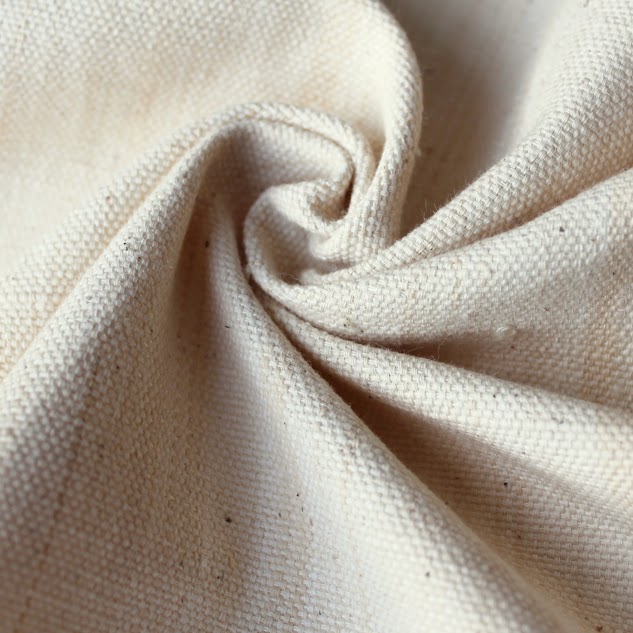
Natural dyes are derived from leaves, roots, bark, wood, flowers, fruits, seeds, fungi, lichens, natural minerals, and invertebrates. Synthetic dyes were introduced in mid 19th century and quickly spread through the commercial textile industry, particularly as synthetic fibers were introduced. Natural dyeing techniques were preserved by artisans in traditional cultures around the world and are now experiencing a resurgence as consumers become more concerned about the health and environmental impacts of synthetic dyes.
Chemical content certification labels like Oeko-Tex 100, Bluesign, and GOTS verify that products are free from dyes, flame retardants, and other finishes that are known to be harmful to human health and the environment.
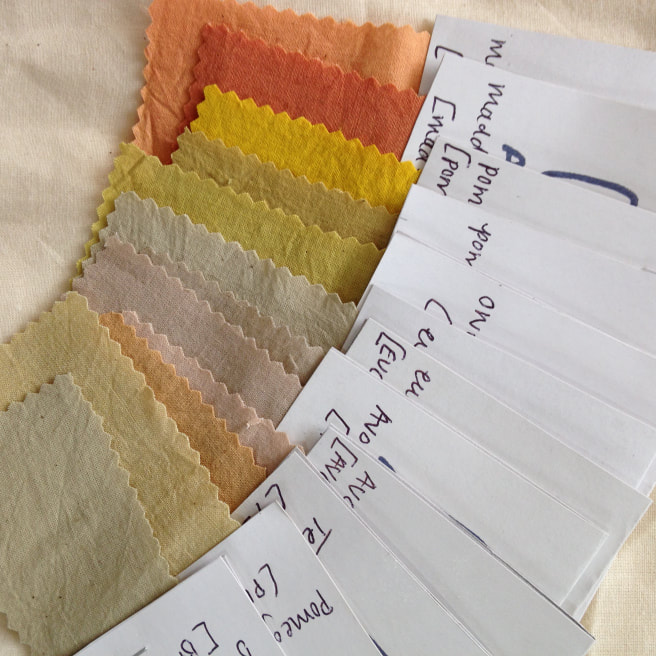
Sublimation is when molecules pass from a solid state to a gas state without moving through a liquid state. In digital sublimation printing, heat is used to transfer sublimation dyes and permanently bond them to the fabric. The process uses a minimal quantity of dye and water, generates no waste, and is much safer for workers and the environment. In order for the process to be considered environmentally responsible, it is important to verify that the dyes and fabrics are certified and free from chemicals with known health and environmental risks.
Traditional artisans in many countries have switched to synthetic dyes that have known health and environmental risks. Many naphthol dyes are carcinogenic and mutagenic, which means they can cause cancer and damage DNA. They are also reproductive toxins and can also cause skin and eye irritation and kidney damage. These dyes are not only dangerous for workers and the environment, they also pose a risk to people who wear the clothing. Unfixed dye molecules can enter the pores of the skin and be broken down into cancer-causing amines. Fiber reactive dyes are a more responsible option than naphthol dyes or vat dyes because they form a covalent bond with the fiber molecule.
Responsible fashion brands using new materials should ensure products are free from chemicals with known health and environmental risks. This includes carcinogenic azo dyes, heavy metals like cadmium, mercury, lead, and chromium, alkyphenols used in cleaning and dyeing, phthalates used in PVC, artificial leather, and some dyes, brominated and chlorinated flame retardants, tributyltin and other organotin compounds used to prevent odor, perfluorinated chemicals used as a water repellent and for stain proofing, chlorobenzene and other chlorinated solvents, and chlorophenol biocides.
A living wage is the minimum wage income necessary for workers to meet their basic needs and live a decent life. It’s different from the legal minimum wage, which is usually way below the living wage. Some cities and regions publish living wage data. In other areas, ethical brands calculate the living wage based on available local statistics.
Fair Trade is a trading partnership based on dialog, transparency, and respect. It means improving trading conditions, securing the rights of marginalized producers and workers, and increasing equity in international trade. Fair trade enterprises and consumers actively engage in supporting producers, raising awareness, and campaigning for changes in the rules and practices of conventional trade. For more information, see the International Fair Trade Charter. The World Fair Trade Organization is a membership organization and guarantee system for fair trade enterprises. The Fairtrade mark is a product certification that is verified by FLOCERT.
Some ethical fashion brands preferentially employ people from groups that are traditionally disadvantaged in the labor market: stay-at-home caregivers, isolated rural communities, people with disabilities, abuse survivors, war-affected communities, former prisoners, addicts, etc.
Some ethical fashion brands focus on preserving a traditional craft and passing it to the next generation. This may include training young people in a craft or updating designs for modern consumers. Examples include handloom textiles, lace making, batik, block printing, weaving, metalworking, lampwork glass, and pottery.
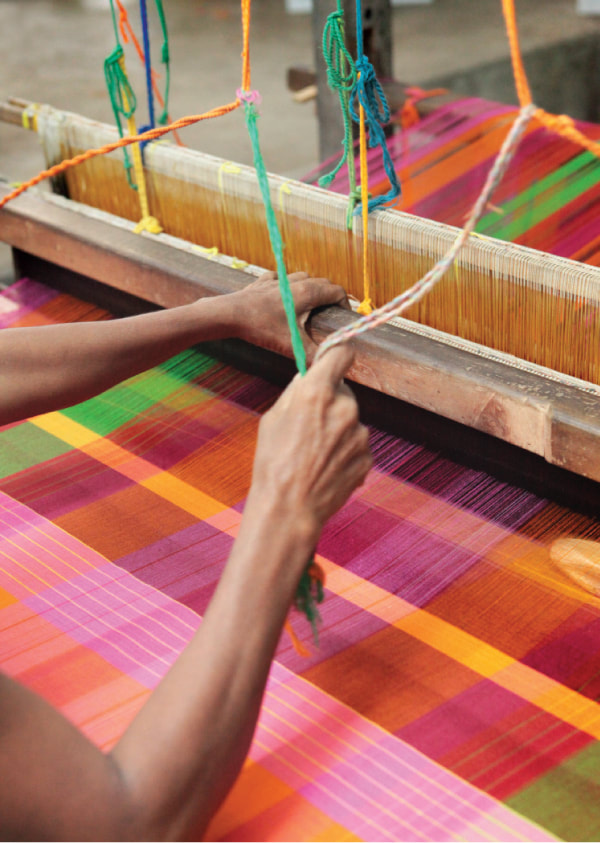
Vegan brands ensure that all items are made with no animal products or by-products: fur, leather and other skins, wool, cashmere, angora, mohair, silk, feathers, down, insect-based natural dyes, beeswax, etc.
Cruelty free verification focuses on maintaining the 5 freedoms of animal welfare (freedom from hunger and thirst, freedom from discomfort, freedom from pain, injury, and disease, freedom from fear and distress, and freedom to express natural behavior) and addressing sector-specific issues.
Wool: The Responsible Wool Standard was developed to verify ethical supply chains for wool. Key concerns are animal cruelty during shearing and the practice of mulesing, removing strips of skin from the rear of sheep to prevent flystrike, a parasitic infection. Mulesing is particularly common in Australian merino wool production.
Down: Industrial down and feather production may involve force feeding and live plucking of ducks and geese. The Responsible Down Standard and Global Traceable Down Standard were developed to verify ethical supply chains.
Silk: In traditional silk manufacturing, cocoons are boiled with the silkworm inside. Ahimsa silk uses the cocoons once they are vacated.
Alterations and repairs help extend product life and reduce consumption and waste. Some ethical and sustainable fashion brands offer services for their own customers, and some enterprises offer repair and alteration services for all customers.
The second-hand industry is becoming one of the fastest growing consumer segments. Like repairs and alterations, renting or purchasing used or “pre-loved” fashion extends product life and reduces consumption and waste. New enterprises are emerging to collect, trade, rent, and resell second-hand goods through pop-up events, online, and in dedicated second-hand shops.
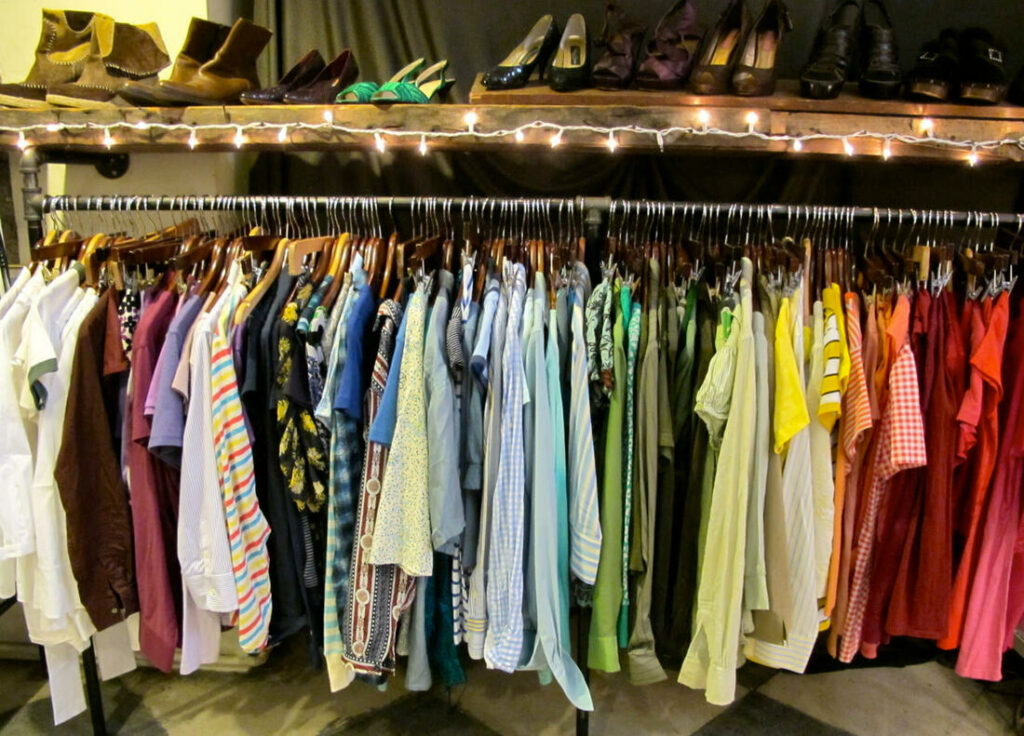
Some enterprises are now collecting used goods from customers for redistribution, recycling, downcycling, or responsible disposal. This form of extended producer responsibility (EPR) is an important step towards a circular economy. It creates incentives for circular design and makes it possible to expand production of recycled cotton, recycled wool, and other materials. Fabric that cannot be recycled is often downcycled into industrial applications like flooring, car upholstery, and furniture stuffing. Trade in programs usually suggest that consumers will receive an incentive for bringing in used goods.